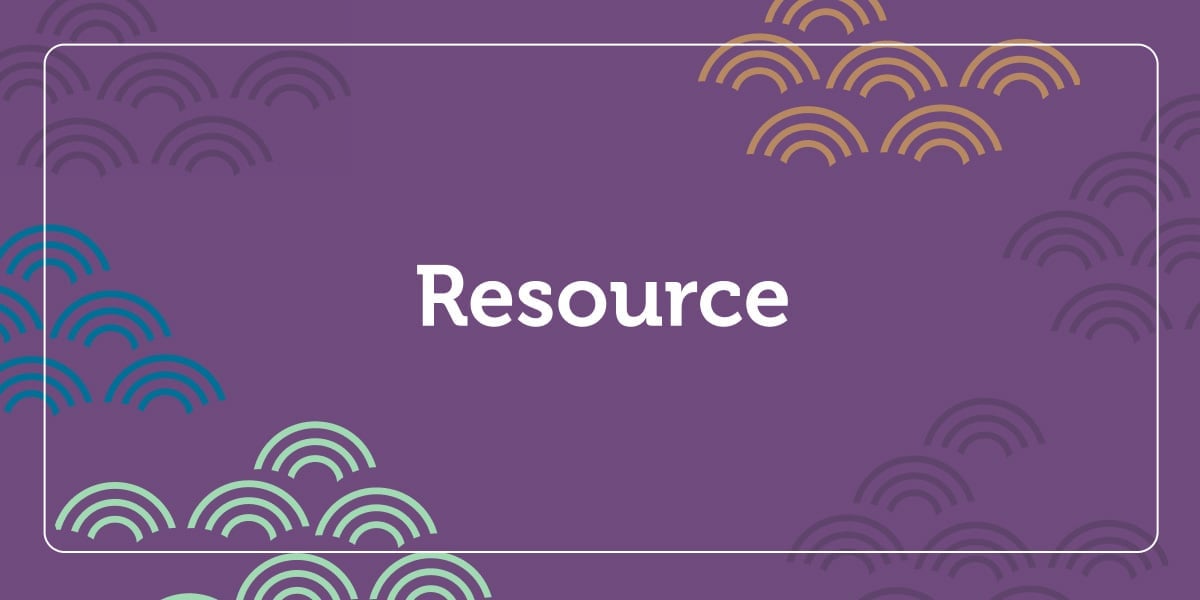How to Cut Back on Classroom Distractions
July 18th, 2018 | 3 min. read

We all have those moments—you’re mid-sentence, standing in front of the class, when you hear it: students whispering in the back of the classroom. Whether it’s giggling, inappropriate noises, or simply glazed-over stares, knowing you don’t have the full attention of your classroom is frustrating. Approaches to understanding students and how to keep them engaged are different for every educator, but there are a few key strategies that are sure to lead to greater engagement from every classroom once implemented. Luckily, there’s no better time than the beginning of the school year to get started! To begin with, you’ll want to keep the following tips in mind:
- Establish your standards from the beginning.
- Act early so students know you are serious.
- Talk to your students about how distractions show a disregard for you and their peers.
Once your students know what to expect in the classroom, here are a few strategies you can implement to prevent distractions:
Keep Students Actively Engaged
Incorporating movement in the classroom is key to getting all of that endless energy out of students before they settle in for the day. Give children a chance to be silly, getting all of those wiggles and giggles out before they start an activity. If you are launching into work you know children will find extensive, be sure to split up the work time with breaks where students can get up and move. Whether it’s incorporating song and dance or playing with a parachute, getting students actively engaged will allow them to become more invested in what is being taught instead of growing bored and finding ways to distract themselves and their peers. To kick off your school year, here is an activity from Wiggle, Giggle, and Shake to get your students moving:
Activity: The School Year Begins
Before:
- Talk to children about the first day of school and the coming of autumn!
- Discuss all the things parents and children do to prepare for the school year, such as buying pencils and paper, a lunch box, and new clothes.
- What else comes to the children’s’ minds when they think about beginning a school year?
During:
This is a being and doing activity, which means the children alternate between pretending to be something and pretending to do something. Ask them to show you the following:
- Being:
- A pencil
- A lunchbox
- A sweater
- A chalkboard
- A ruler
- Doing:
- Sharpening a pencil
- Making a sandwich
- Putting on a sweater
- Writing on a chalkboard
- Measuring something
After:
- Show and Tell is a great activity to help children get to know one another at the beginning of the school year.
- Ask the children to bring in something they got for the new school year, or something that reminds them of school.
Teach Students How to Properly Fidget
Not all fidgeting is bad, in fact, keeping hands busy can actually be a great way for students, especially boys, to release pent up energy while allowing them a greater level of concentration for what is being taught. Fidgeting that leads to friends being poked and loud repetitive noises is the type of action that can easily become distracting. To positively channel your students’ need to move, introduce the concept of fidgets! In his book, When Nothing Else Works, William DeMeo defines a fidget as an effective self-regulation tool used to help calm the body and mind. You can find instructions for making your own fidget here, although they can be made from just about anything. As long as hands are moving and mouths are not, you will find a much more attentive class ready to engage and learn.
Learn to be Affirmative
Many times, children act out simply because they do not feel like positive actions are being rewarded. Providing affirmation will not only help students build a positive self-concept, but will also give them more confidence in their abilities. Since you never know how much negative criticism children are experiencing at home, it’s important to communicate attention, acceptance and approval. If done effectively, children should no longer feel the need to act out to gain your attention because they have it already. Here are a few methods from When Nothing Else Works for incorporating affirmation in your classroom:
- Sing: Singing can play an important role in giving recognition to children. Include songs at group time that take turns singing the name of each student and focusing briefly on that child.
- Provide pictures: Put up a poster with photographs taken of all the children engaging in activities they enjoy. Put out a photograph album highlighting the events of the year and including photos of each child.
- Tell stories: Children can create and dictate their own stories that can be transcribed by an adult. These stories can then be posted in the classroom.
-Another great idea to build positive self-concept is by encouraging students to look at themselves with affirmation. This can be done by keeping a mirror in the classroom with one of the following messages:
- You are a helper.
- You are a friend.
- You are a listener.
We hope you found these strategies and activities useful for cutting back on your classroom distractions! The most important thing is to keep students engaged so that they do not have time to get distracted! For even more great strategies on how to deal with challenging behavior in your classroom, you should check out William DeMeo’s book, When Nothing Else Works.
A graduate of Western Carolina University with a BA in English, Brianna served as a marketing and editorial Intern with Gryphn House in the Summer 2018.
Topics: